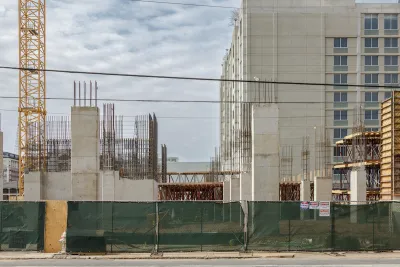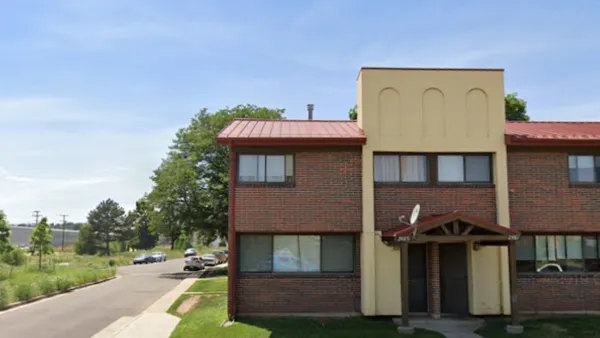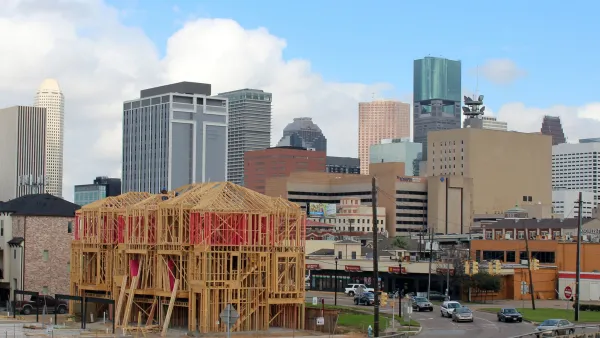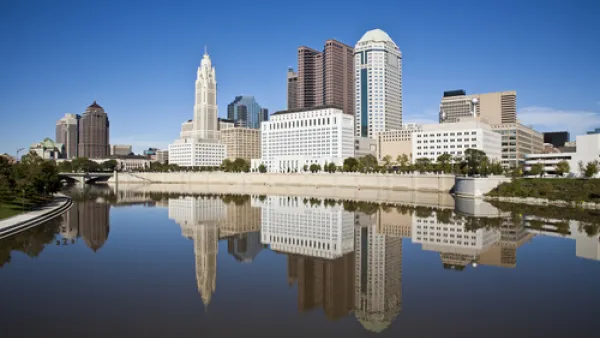Affordable housing is one piece of a larger, interconnected approach.

In an excerpt from Fragile Neighborhoods: Repairing American Society, One Zip Code at a Time published in Next City, Seth D. Kaplan calls for a more holistic approach to solving the related problems of poverty, housing insecurity, and a lack of economic opportunity.
Whether in an urban or suburban neighborhood, a suitable habitat should include a commercial center — an avenue, cluster of shops, or plaza — as well as parks, libraries, and houses of worship, which provide everyday facilities and services as well as places for people to gather and interact. And it should include transit points, connecting residents to people and opportunities outside the neighborhood, as well as contiguous sidewalks affording residents walkable access to other areas within the neighborhood.
Quoting sociologist Emily Talen, Kaplan notes that many “neighborhoods in the US are overwhelmingly not well serviced.” Residents with means move to other areas, leaving poor neighborhoods even more underresourced. For Kaplan, “Without healthy neighborhoods, school systems cannot improve educational results, health care agencies cannot improve health outcomes, and police cannot make streets safe. Yet the great majority of public and private interventions are not structured to address the underlying social dynamics that produced these problems in the first place.”
FULL STORY: Affordable Housing Is Never the Only Problem – Or the Only Solution

National Parks Layoffs Will Cause Communities to Lose Billions
Thousands of essential park workers were laid off this week, just before the busy spring break season.

Retro-silient?: America’s First “Eco-burb,” The Woodlands Turns 50
A master-planned community north of Houston offers lessons on green infrastructure and resilient design, but falls short of its founder’s lofty affordability and walkability goals.

Delivering for America Plan Will Downgrade Mail Service in at Least 49.5 Percent of Zip Codes
Republican and Democrat lawmakers criticize the plan for its disproportionate negative impact on rural communities.

Test News Post 1
This is a summary

Test News Headline 46
Test for the image on the front page.

Balancing Bombs and Butterflies: How the National Guard Protects a Rare Species
The National Guard at Fort Indiantown Gap uses GIS technology and land management strategies to balance military training with conservation efforts, ensuring the survival of the rare eastern regal fritillary butterfly.
Urban Design for Planners 1: Software Tools
This six-course series explores essential urban design concepts using open source software and equips planners with the tools they need to participate fully in the urban design process.
Planning for Universal Design
Learn the tools for implementing Universal Design in planning regulations.
EMC Planning Group, Inc.
Planetizen
Planetizen
Mpact (formerly Rail~Volution)
Great Falls Development Authority, Inc.
HUDs Office of Policy Development and Research
NYU Wagner Graduate School of Public Service





























